
Movie creators often try to be innovative or reimagine the past, but sometimes their choices upset people. Films have been boycotted by audiences and groups who felt they inaccurately depicted a culture or reinforced negative stereotypes. These issues often arise from who was cast, how characters were portrayed, or changes made to the original story to appeal to wider audiences. Several films have faced strong criticism and protests from communities who felt ignored or disrespected.
‘The Birth of a Nation’ (1915)
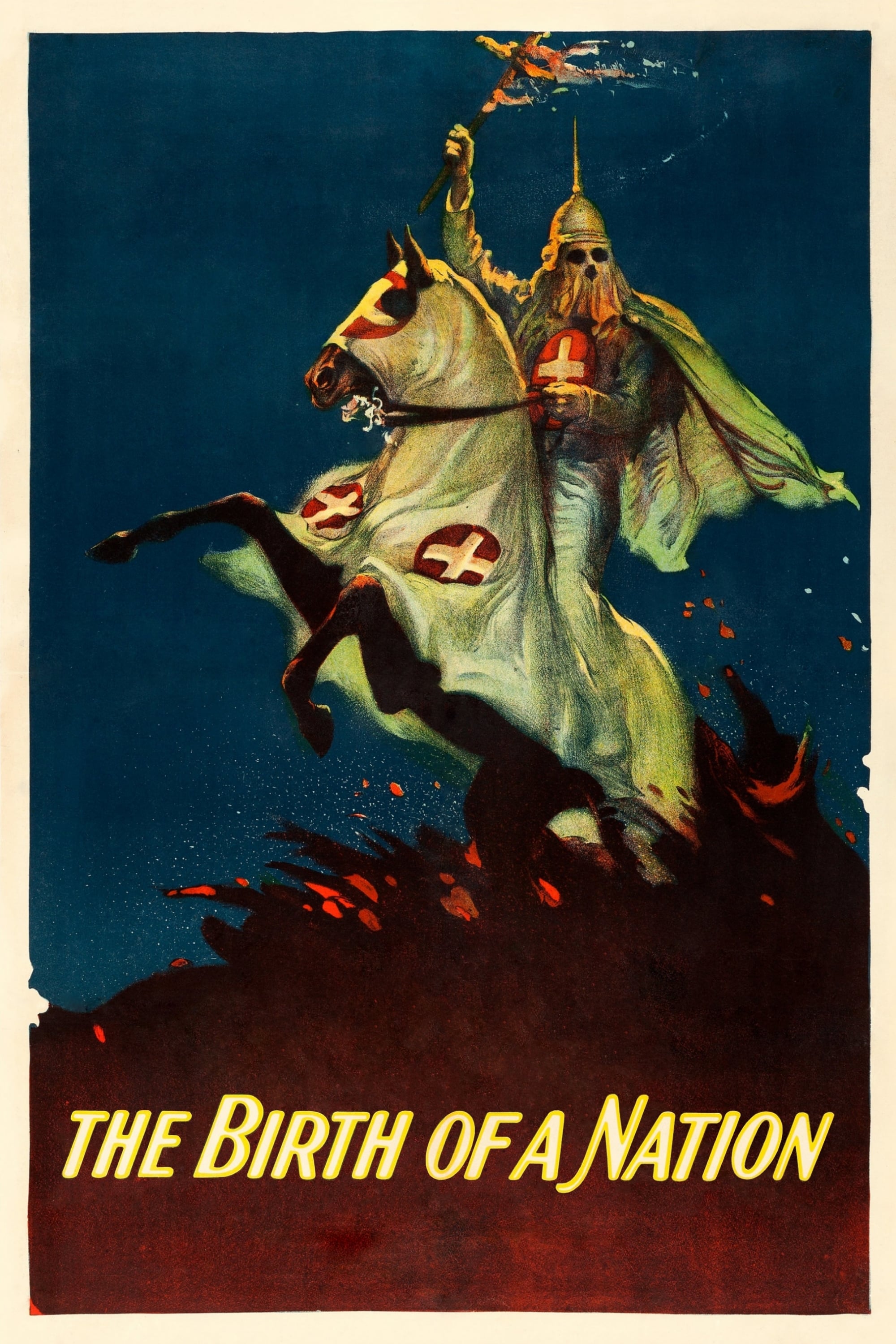
This controversial silent film is known for glorifying the Ku Klux Klan and featuring white actors portraying Black people with makeup. When it was released, the NAACP led protests and legal battles to get it banned. Critics said the movie encouraged violence against African Americans and presented a false version of history during the Reconstruction period. Because of the strong public reaction, many major city theaters refused to show it.
‘Song of the South’ (1946)
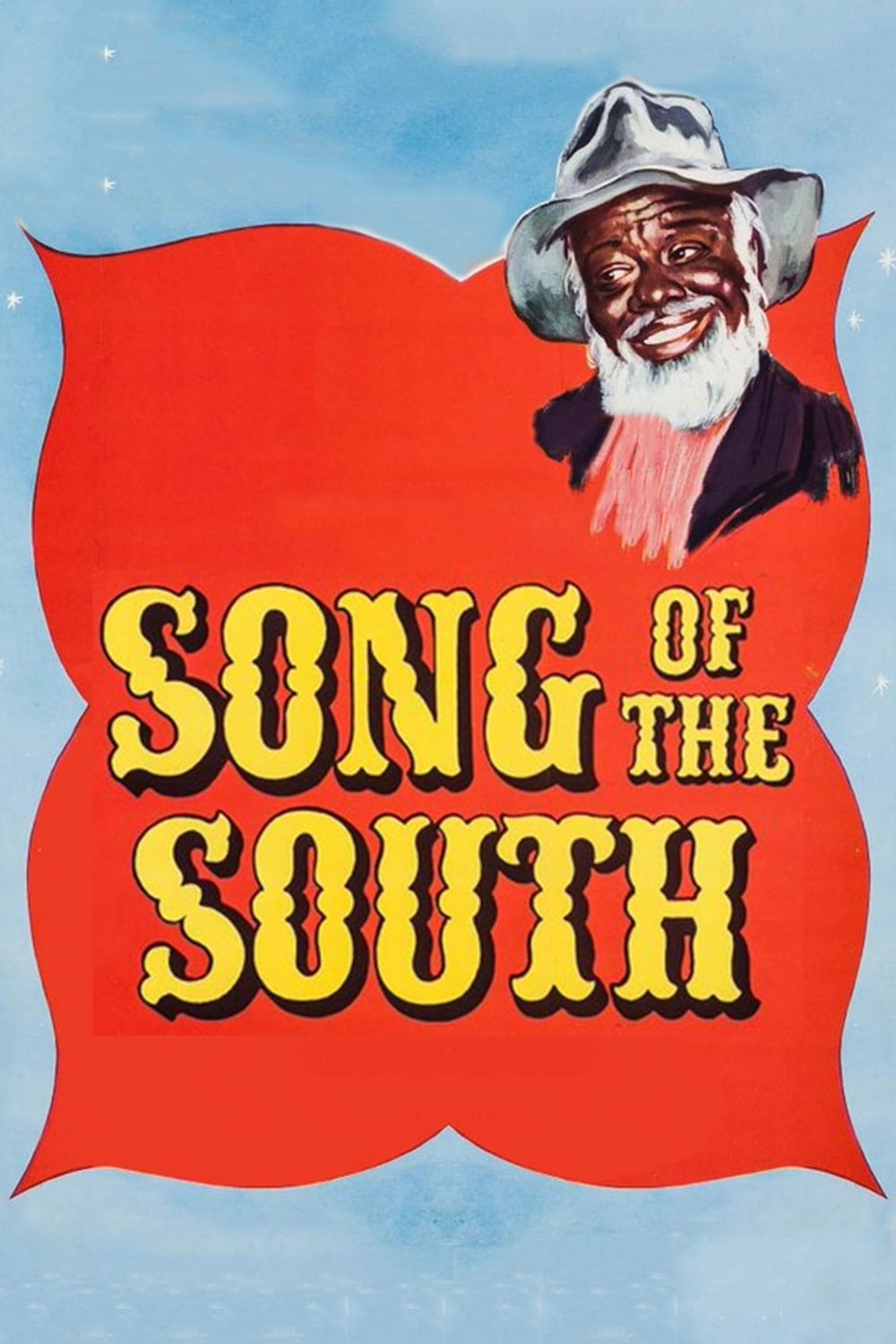
For decades, Disney hasn’t released this film because of its problematic portrayal of the South after the Civil War. When it first came out, the NAACP and other organizations criticized it for presenting a softened, romanticized view of the relationship between former slaves and plantation owners. Many felt the character of Uncle Remus falsely suggested a peaceful, positive side to a time marked by significant racial injustice. Disney has since limited the film’s availability to avoid continued criticism.
‘Breakfast at Tiffany’s’ (1961)

Mickey Rooney’s depiction of Mr. Yunioshi is widely considered a prime example of yellowface in Hollywood. Asian American groups have consistently criticized the character for relying on harmful and offensive stereotypes in both appearance and behavior. Because of this performance, recent screenings of the film have frequently faced protests or been canceled altogether. The character stands as a stark reminder of the prevalence of racial stereotypes and mockery in the entertainment industry of that era.
‘Indiana Jones and the Temple of Doom’ (1984)

The film, a sequel to an action-adventure movie, was immediately banned in India when it came out because of how it showed Indian culture and religion. Government officials and critics were shocked by scenes showing people eating monkey brains, both raw and chilled. The film was criticized for using outdated and harmful stereotypes and for wrongly portraying Hinduism as a dangerous cult involving human sacrifice. These scenes sparked a long-lasting discussion about how Western films often present other cultures in an overly sensationalized and disrespectful way.
‘The Last Temptation of Christ’ (1988)
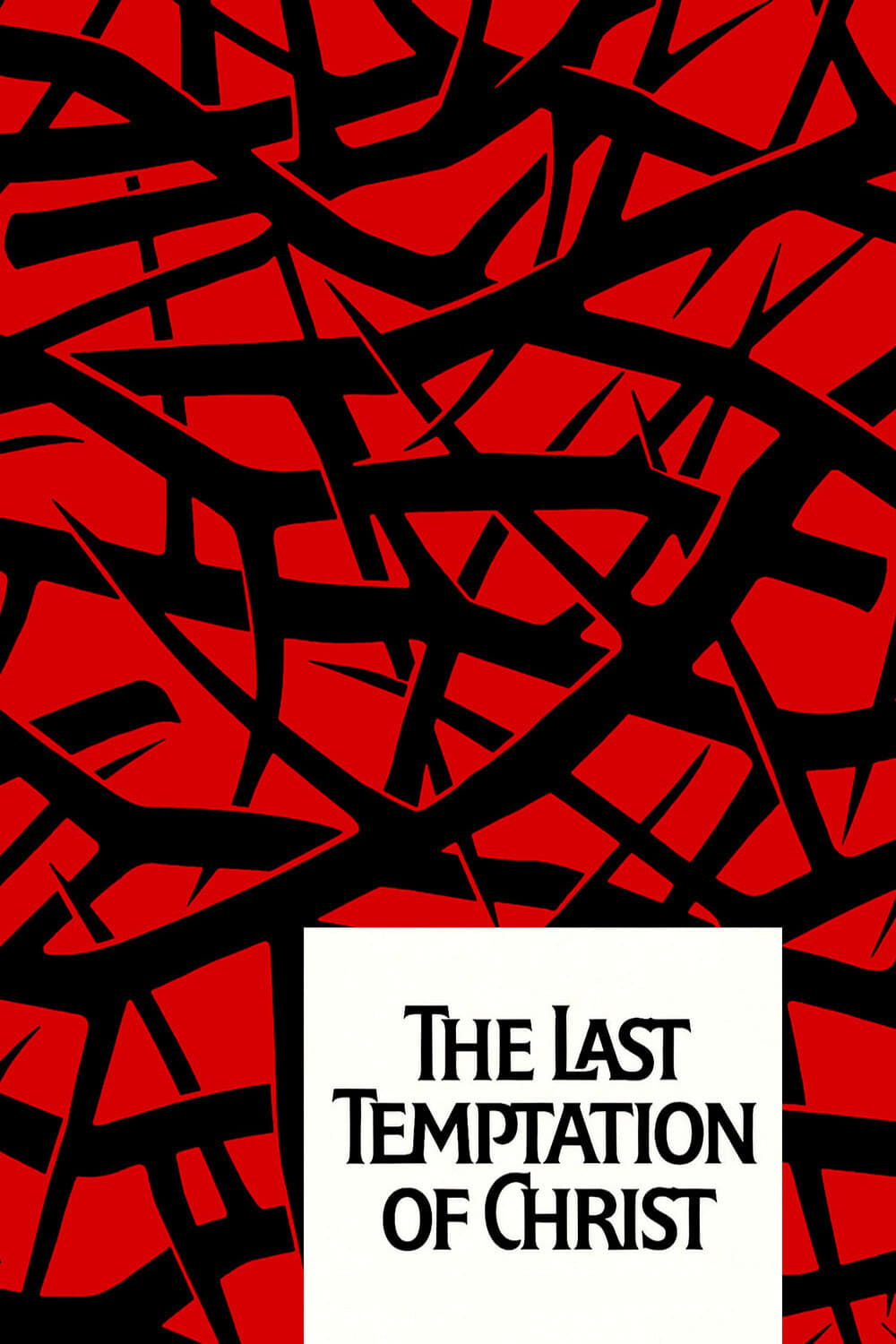
Martin Scorsese’s film sparked widespread protests and boycotts by religious groups who objected to a scene depicting Jesus as a mortal man with a sexual relationship. Christian organizations labeled the film disrespectful and called for it to be pulled from theaters. Some cinema chains decided not to screen the movie due to fears of damage and backlash from local religious communities.
‘Aladdin’ (1992)
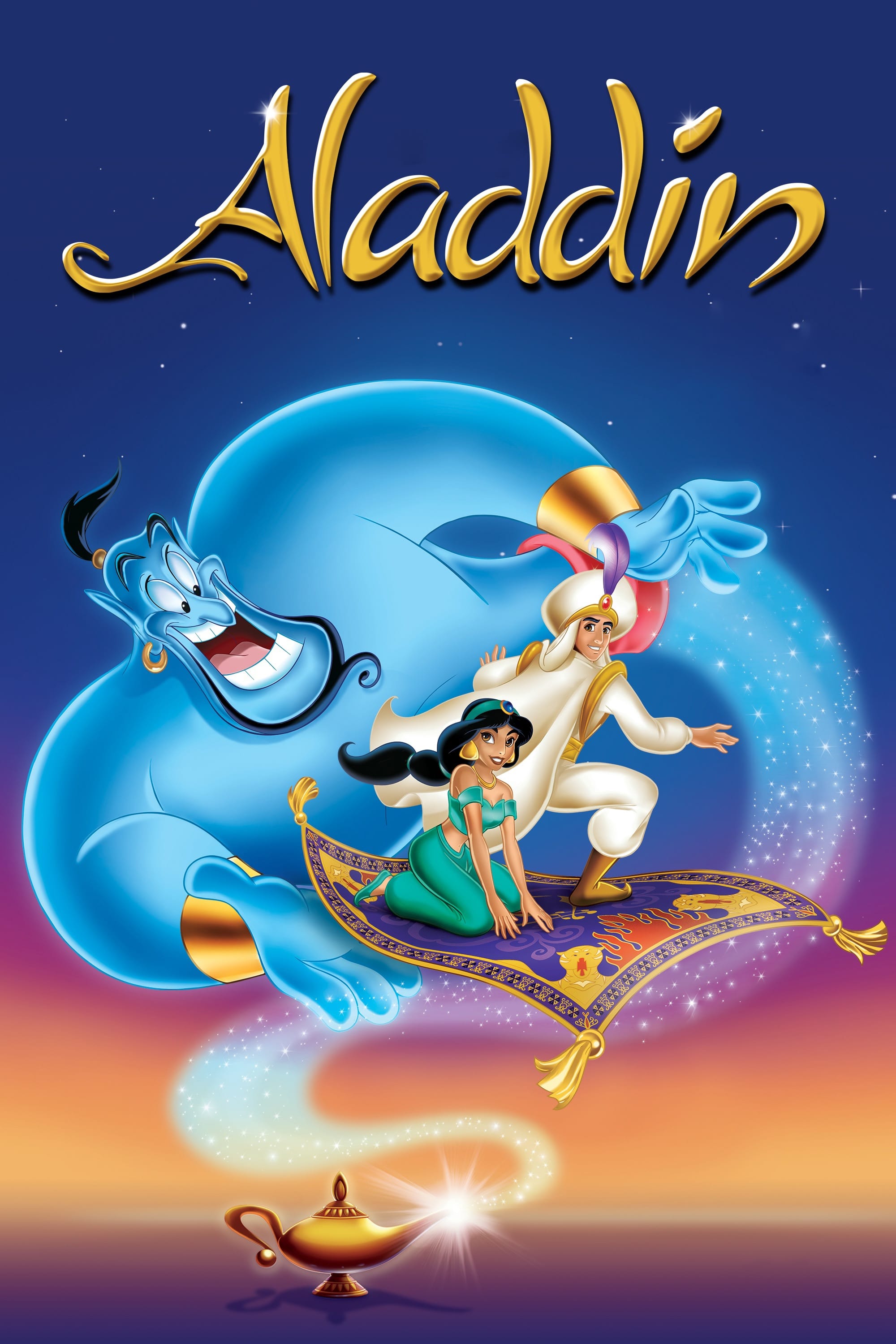
The American-Arab Anti-Discrimination Committee objected to the initial lyrics of the film’s opening song, believing they reinforced harmful and violent stereotypes. They pointed out that the lyrics depicted a setting where people were harmed for simply not being liked. Disney later changed the lyrics when the film was released on home video in response to these concerns. The film also received criticism for portraying its heroes with typically Western features and accents, while giving its villains overly exaggerated ethnic characteristics.
‘The Passion of the Christ’ (2004)
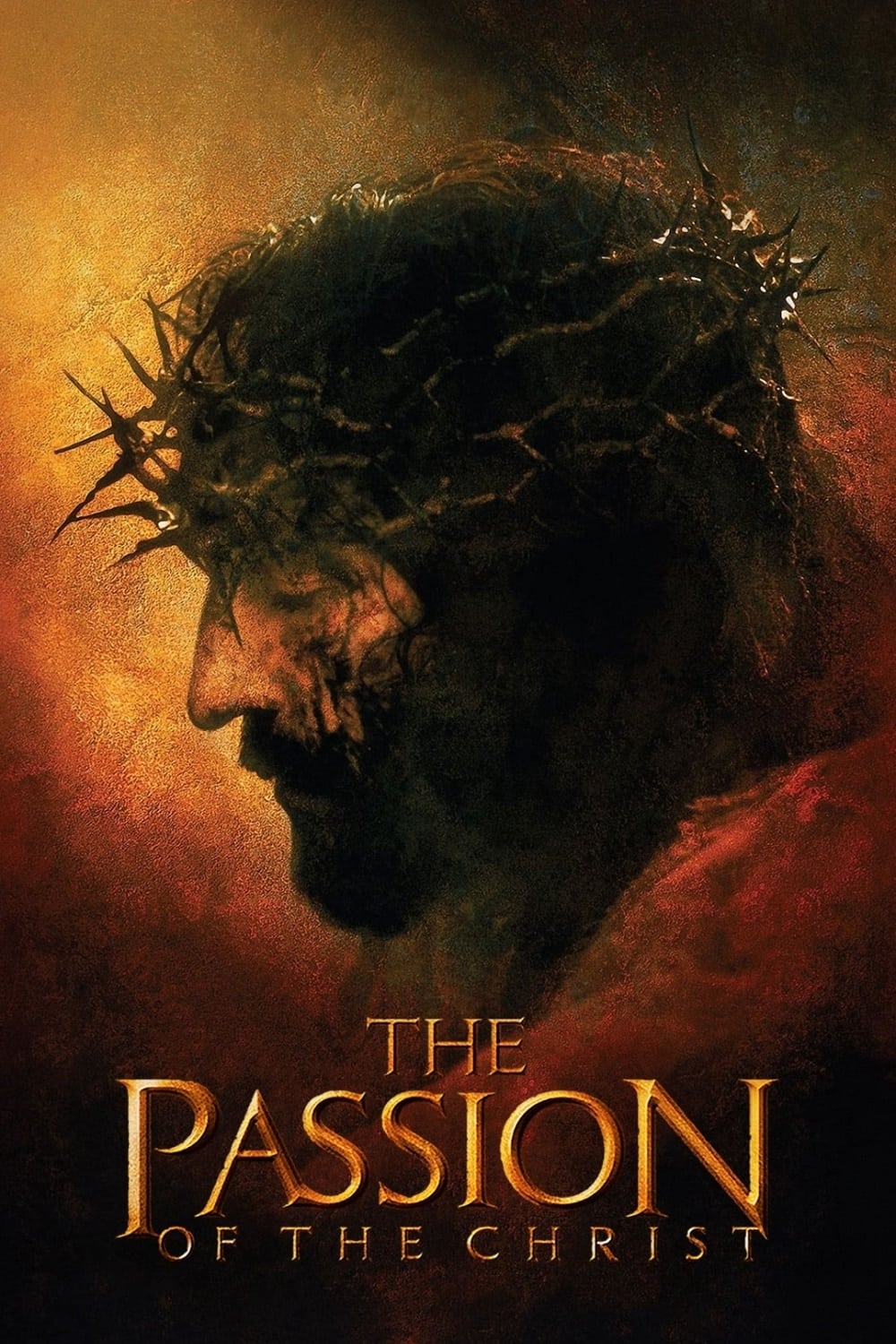
I remember when Mel Gibson’s film first came out – it was a truly massive event, but also incredibly controversial. Honestly, I was shocked by the uproar over how Jewish people were portrayed. Groups like the Anti-Defamation League were really worried it would unfairly blame them for Jesus’ death and even encourage antisemitism. What concerned many, including critics, was that the movie seemed to draw on older, non-biblical stories that had historically been used to falsely accuse Jewish communities of terrible things. The film was also extremely violent, and a lot of people – religious leaders and others – felt it lacked the necessary context and urged people not to see it.
‘Memoirs of a Geisha’ (2005)
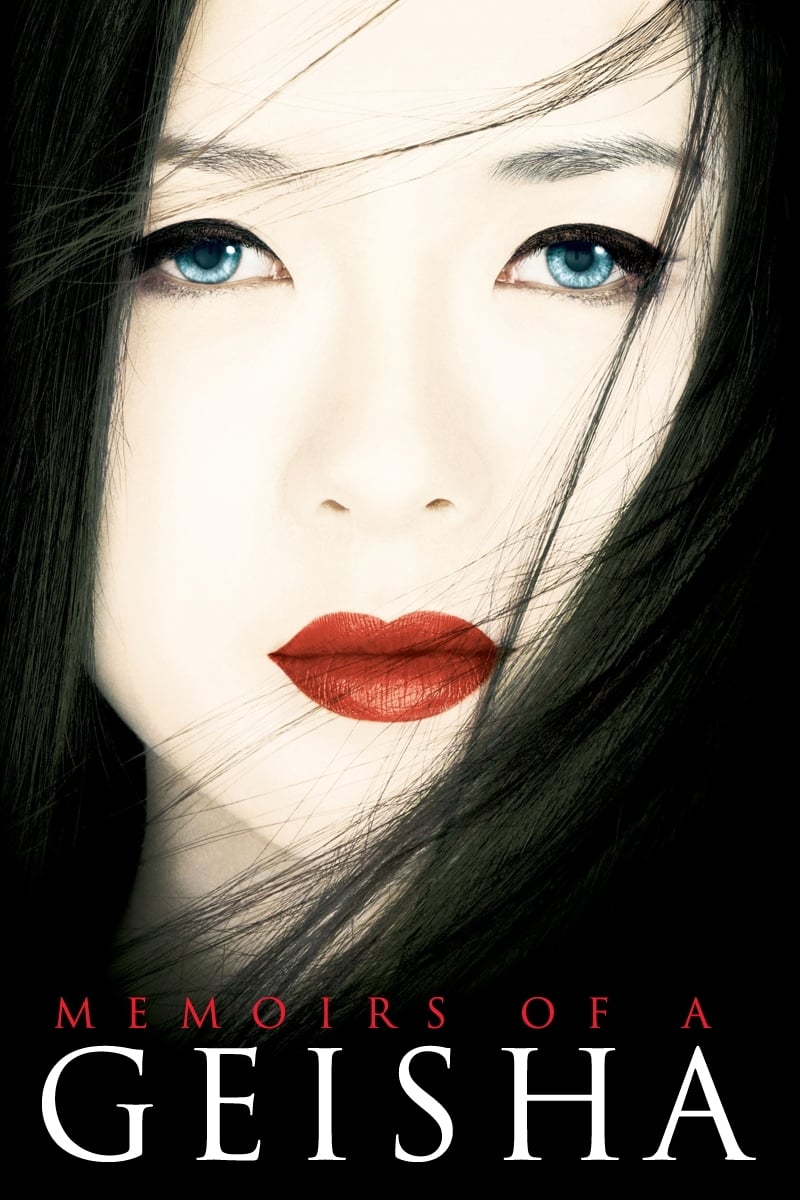
The film encountered major controversy, including a ban in China and protests elsewhere, because it cast Chinese actresses as Japanese geishas. Critics from both Japan and China believed this ignored the complex history and unique cultures of the two countries. The filmmakers responded by saying they chose actors based on their fame and talent, not ethnic background. However, many viewers felt the film treated all Asian cultures as the same, which they saw as disrespectful to the specific traditions it was trying to depict.
‘Borat: Cultural Learnings of America for Make Benefit Glorious Nation of Kazakhstan’ (2006)
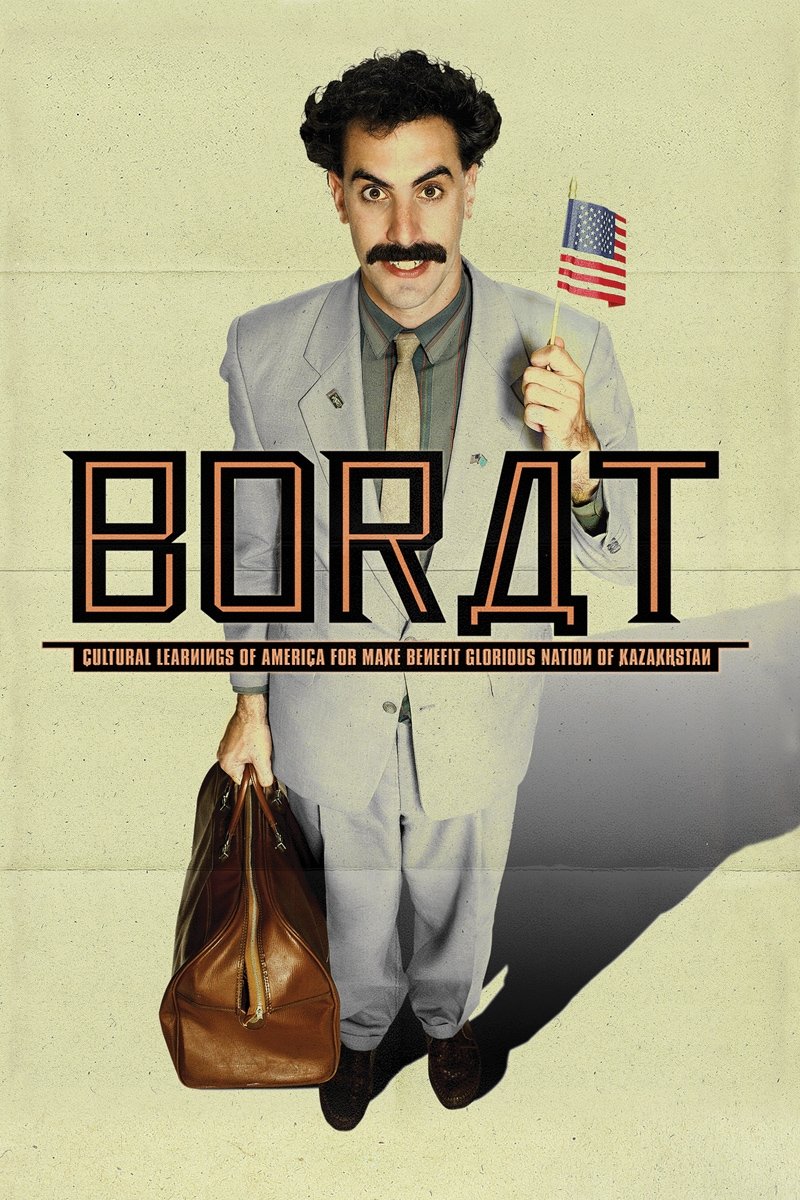
The government of Kazakhstan strongly protested a comedy film that used a fake documentary style to portray their country. Officials felt the movie depicted Kazakhstan as unsophisticated, prejudiced, and involved in inappropriate relationships. They responded with legal warnings and placed ads in Western newspapers to challenge the film’s negative depiction. Despite being a financial success, the movie raised questions about whether it’s acceptable to make fun of a real country for comedic effect.
‘The Love Guru’ (2008)
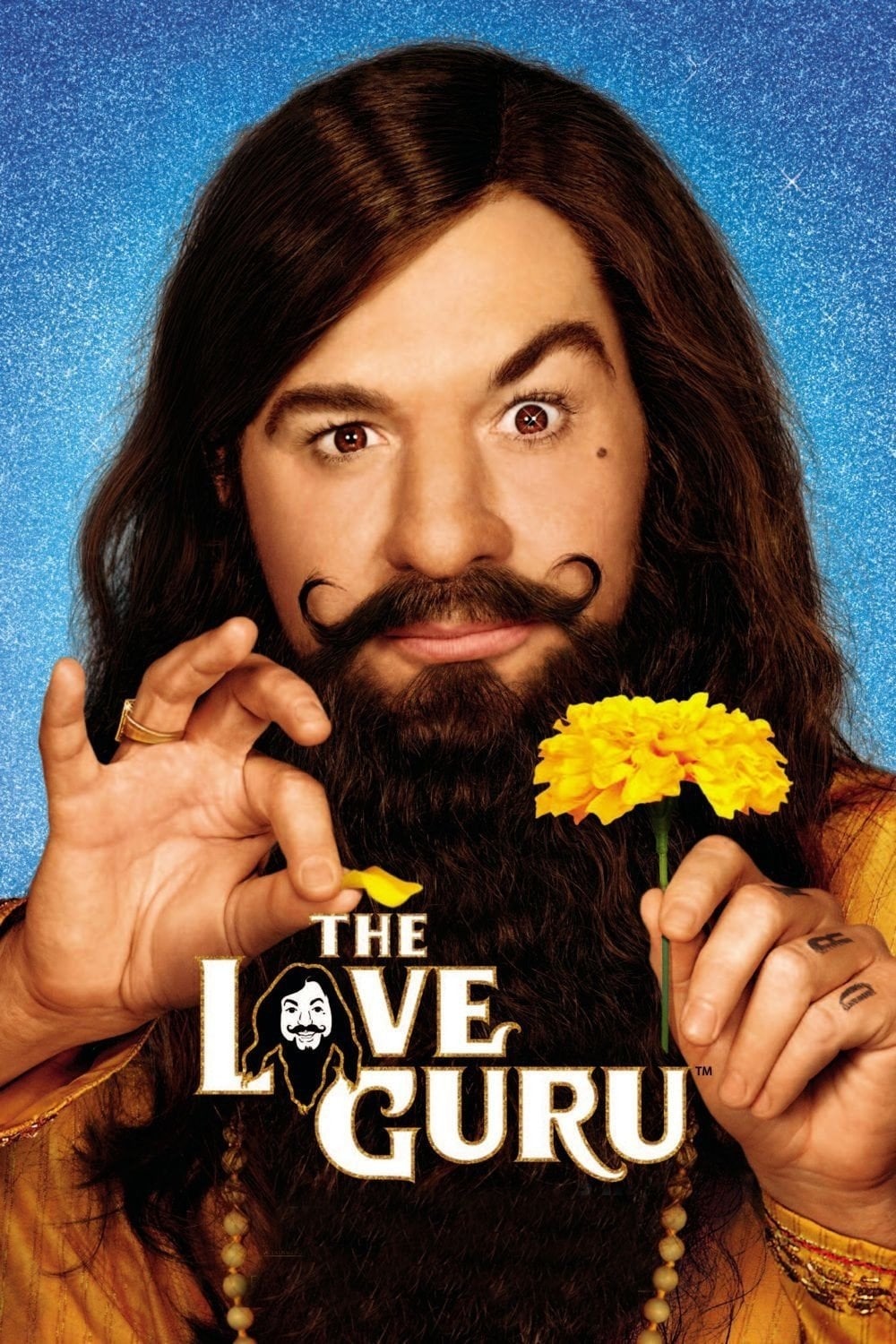
Before its release, Hindu leaders in the U.S. voiced strong objections to the comedy, believing it disrespected important beliefs like the bond between a teacher and student, and downplayed the significance of being vegetarian. Their protests focused on the film’s use of religious terms in a disrespectful and suggestive way. They asked Paramount Pictures to show the film to community representatives to make sure it wouldn’t promote prejudice against Hinduism.
‘Prince of Persia: The Sands of Time’ (2010)

The movie adaptation of this video game sparked a lot of debate about the practice of ‘whitewashing’ – casting white actors in roles meant for people of color. The decision to cast Jake Gyllenhaal, a white actor, as a Persian prince was heavily criticized, and many groups called for a boycott. The film is now often used as a prime example of how Hollywood sometimes avoids casting actors of color, prioritizing commercial success over accurate representation.
‘The Lone Ranger’ (2013)

Johnny Depp’s portrayal of Tonto sparked strong criticism from Native American groups and advocates. They argued his performance used harmful stereotypes and inaccurately combined elements from various Indigenous cultures, failing to represent any single tribe respectfully. This casting was widely seen as a setback for Native American representation in film and television, and many people boycotted the movie as a protest against the ongoing lack of opportunities for Native American actors in Hollywood.
‘Exodus: Gods and Kings’ (2014)

Ridley Scott received significant criticism for casting white actors in leading roles depicting ancient Egyptians and biblical characters, while giving actors of color smaller roles as slaves or servants. This led to a global outcry, with the hashtag #BoycottExodusMovie gaining popularity as viewers called for more historically accurate casting. Scott responded by saying budget limitations and tax incentives influenced his decisions, but this only intensified the protests. The film’s box office performance suffered, in part because of the negative attention surrounding these casting choices.
‘The Interview’ (2014)
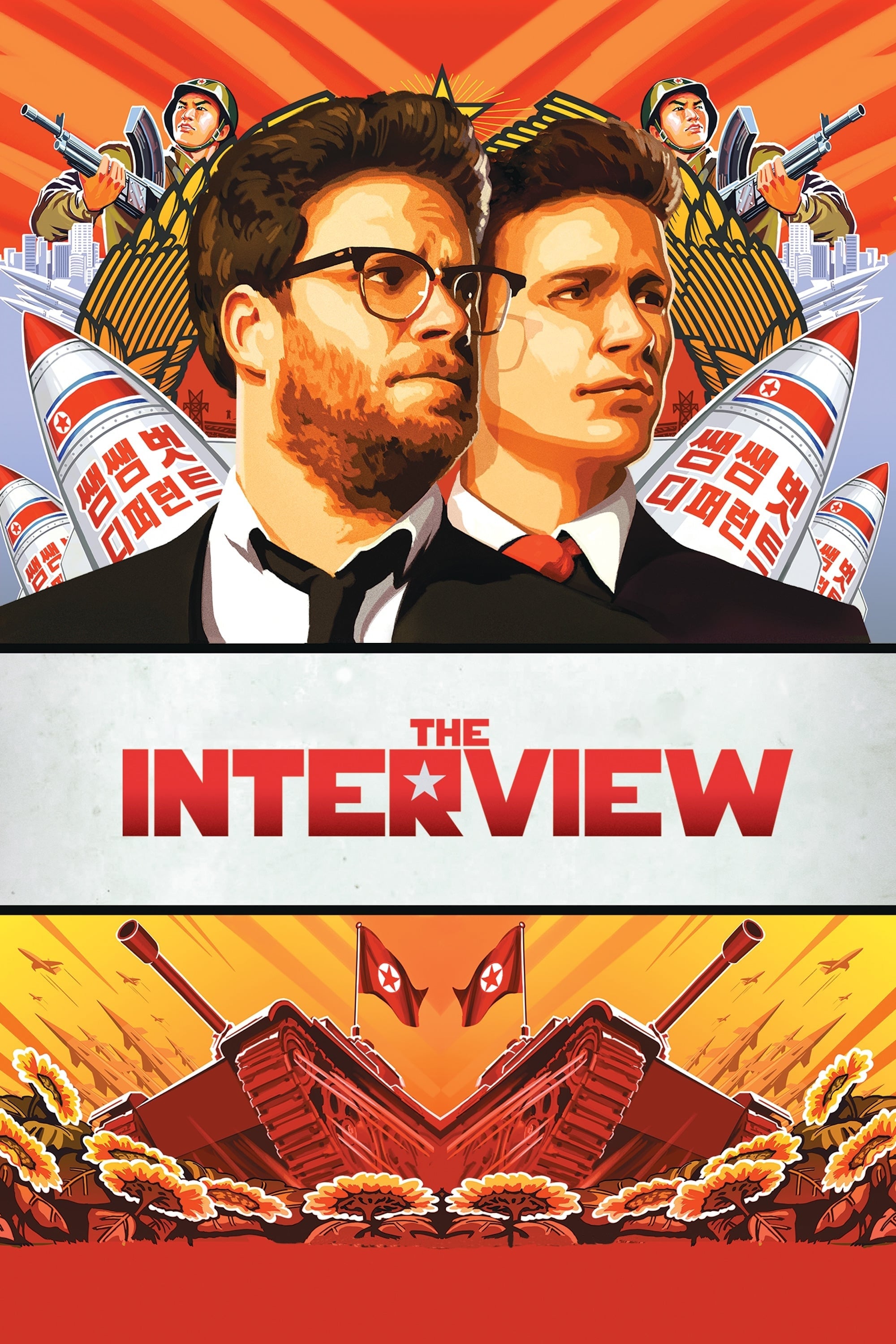
This comedy’s storyline centered around a plot to kill North Korea’s leader, which quickly caused a major international problem. North Korea reacted strongly, calling the film an act of war and threatening serious consequences for the United States. After hackers stole studio information and threatened moviegoers, large cinema chains decided not to show the film. As a result, it ended up being released only online and in a few smaller, independent theaters to ensure everyone’s safety.
‘Aloha’ (2015)
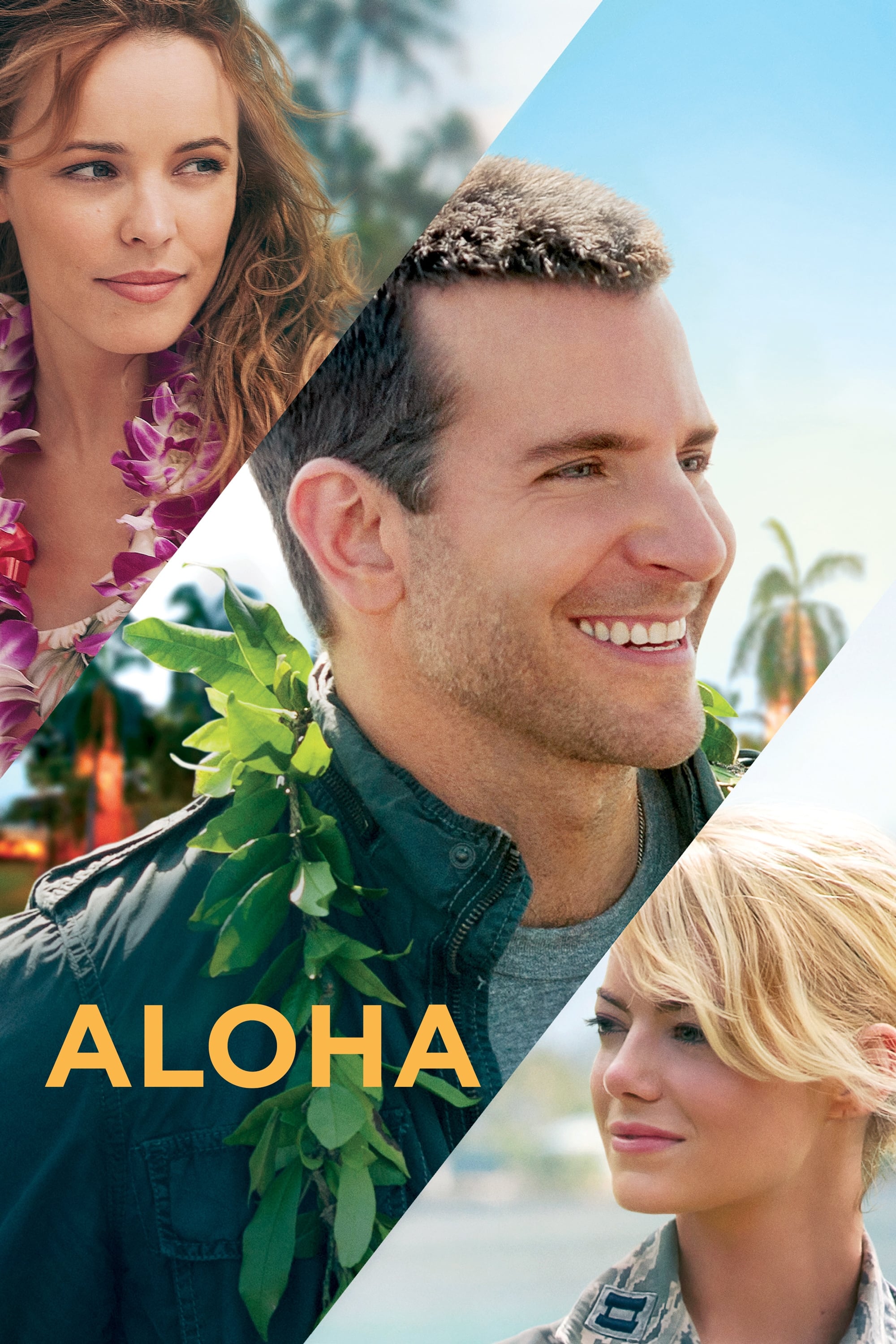
The Media Action Network for Asian Americans strongly criticized a film for casting Emma Stone in the role of a character who was meant to be part Chinese and Hawaiian. Many people ridiculed the casting as a clear case of ‘whitewashing,’ especially given the film’s setting in the diverse state of Hawaii. After the film performed poorly in theaters, director Cameron Crowe apologized for the casting decision. Critics also objected to the film’s title, arguing that it misused a word with important cultural meaning for a lighthearted romantic comedy.
‘Pan’ (2015)

The casting of Rooney Mara, who is not Native American, as Tiger Lily sparked immediate backlash, including petitions and calls for a boycott. Activists protested to the studio, arguing that the film was removing Indigenous representation from a children’s story. While the filmmakers said they aimed for a diverse cast in Neverland, the movie ultimately failed at the box office, and the controversy surrounding the casting was widely seen as a key reason why.
‘The Ridiculous 6’ (2015)
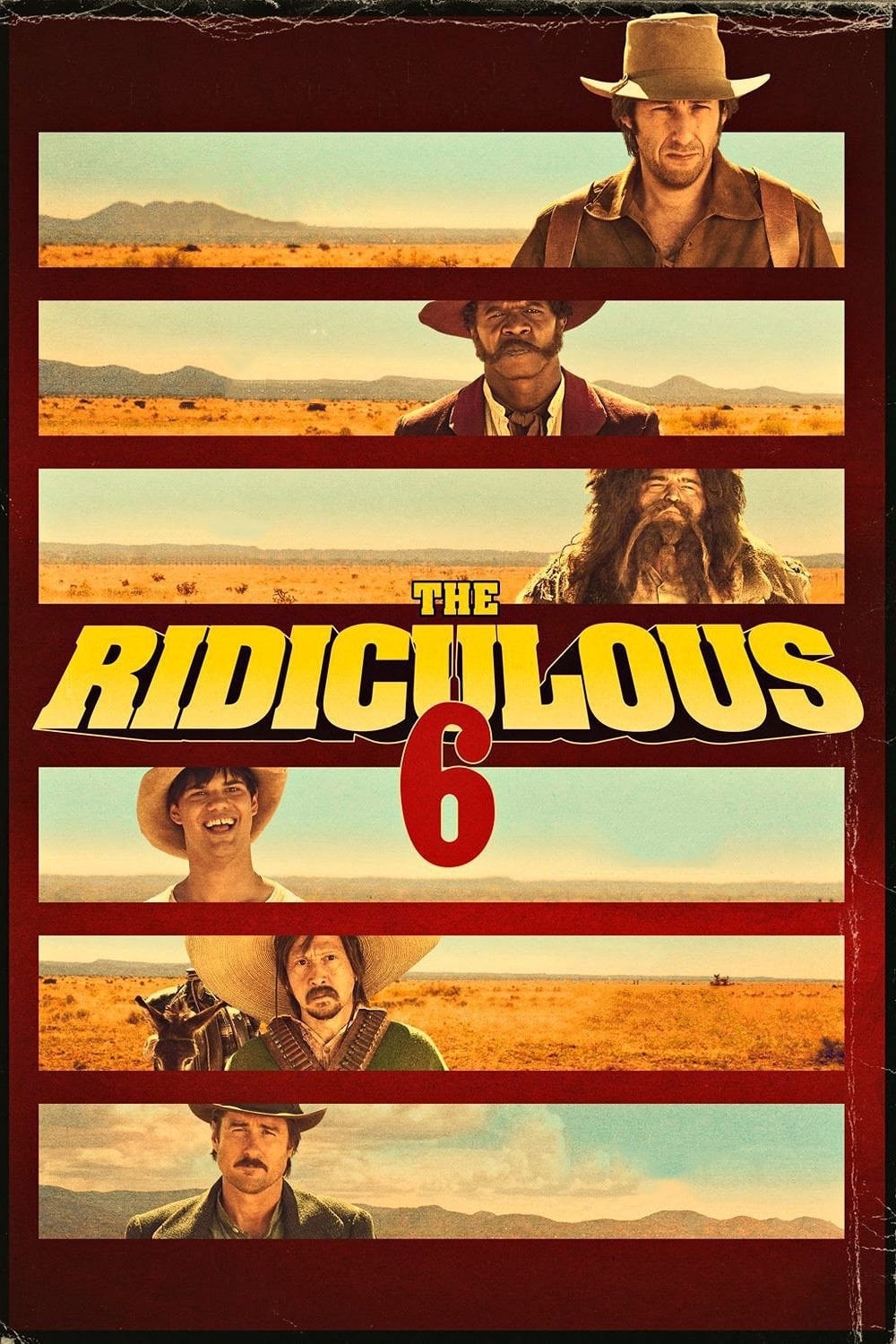
Actors of Native American descent left an Adam Sandler film set because the script contained offensive and stereotypical portrayals of their culture and women. They specifically objected to character names and dialogue they found deeply disrespectful. While Netflix described the movie as broad satire, the actors’ protest received widespread media attention and backing from Indigenous rights organizations, leading to a larger discussion about the representation of Native Americans in comedy.
‘Nina’ (2016)
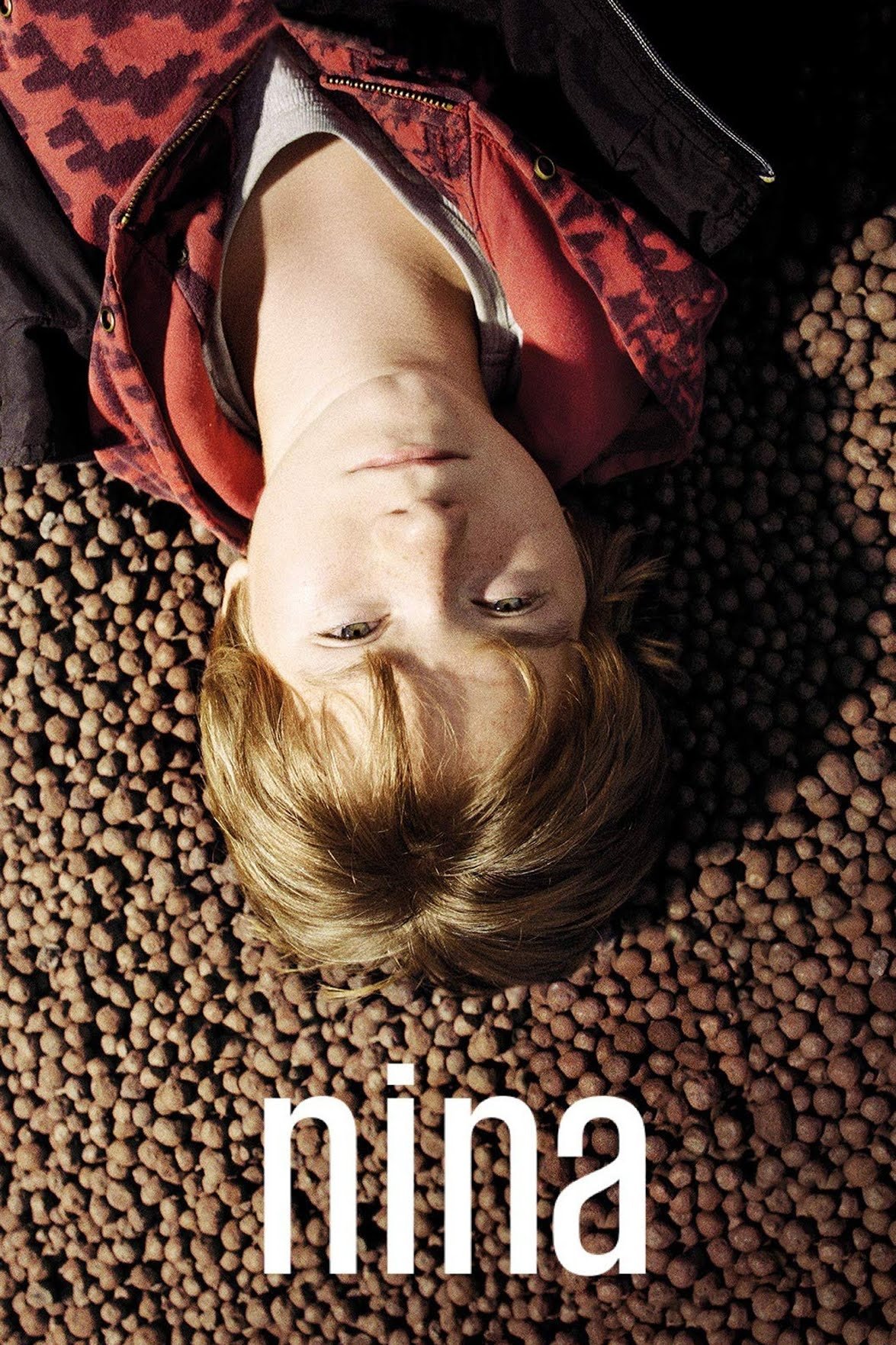
The casting of Zoe Saldana as Nina Simone caused significant controversy. Many people were upset by the use of makeup to darken her skin and a prosthetic nose. Nina Simone’s family and online campaigns called for a boycott of the film. Critics argued that having a lighter-skinned actress portray Simone, who faced discrimination for her darker complexion, was disrespectful. The movie received very little distribution and was widely criticized by both reviewers and viewers.
‘Ghost in the Shell’ (2017)

The movie, based on a popular Japanese comic, starred Scarlett Johansson, which led to criticism that the filmmakers had cast a white actress in a role that should have gone to someone of Asian descent. Many people signed online petitions arguing the studio had ignored the Asian heritage of the main character, Major Motoko Kusanagi. Attempts to digitally change the appearances of supporting actors only made the situation worse when details were revealed. This controversy drew a lot of negative attention and likely contributed to the film’s disappointing performance in theaters worldwide.
‘Mulan’ (2020)

A wave of protests erupted in Hong Kong, Taiwan, and Thailand after the lead actress in a recent film publicly backed the Hong Kong police. The situation worsened when the film’s credits thanked government organizations in Xinjiang, a region known for reported human rights violations against Uyghur Muslims. This sparked widespread outrage and calls for Disney to clarify its involvement with these groups. The film’s political messaging and choice of filming locations quickly turned its release into a major public relations and diplomatic crisis.
Tell us which of these controversies you remember most vividly in the comments.
Read More
- DOGE PREDICTION. DOGE cryptocurrency
- Calvin Harris Announces India Debut With 2 Shows Across Mumbai and Bangalore in November: How to Attend
- EQT Earnings: Strong Production
- Heights Capital Bets $16M on ImmunityBio: A Calculated Gamble?
- Docusign’s Theatrical Ascent Amidst Market Farce
- The Relentless Ascent of Broadcom Stock: Why It’s Not Too Late to Jump In
- Why Rocket Lab Stock Skyrocketed Last Week
- TON PREDICTION. TON cryptocurrency
- Ultraman Live Stage Show: Kaiju Battles and LED Effects Coming to America This Fall
- HBO Boss Discusses the Possibility of THE PENGUIN Season 2
2025-11-25 04:51